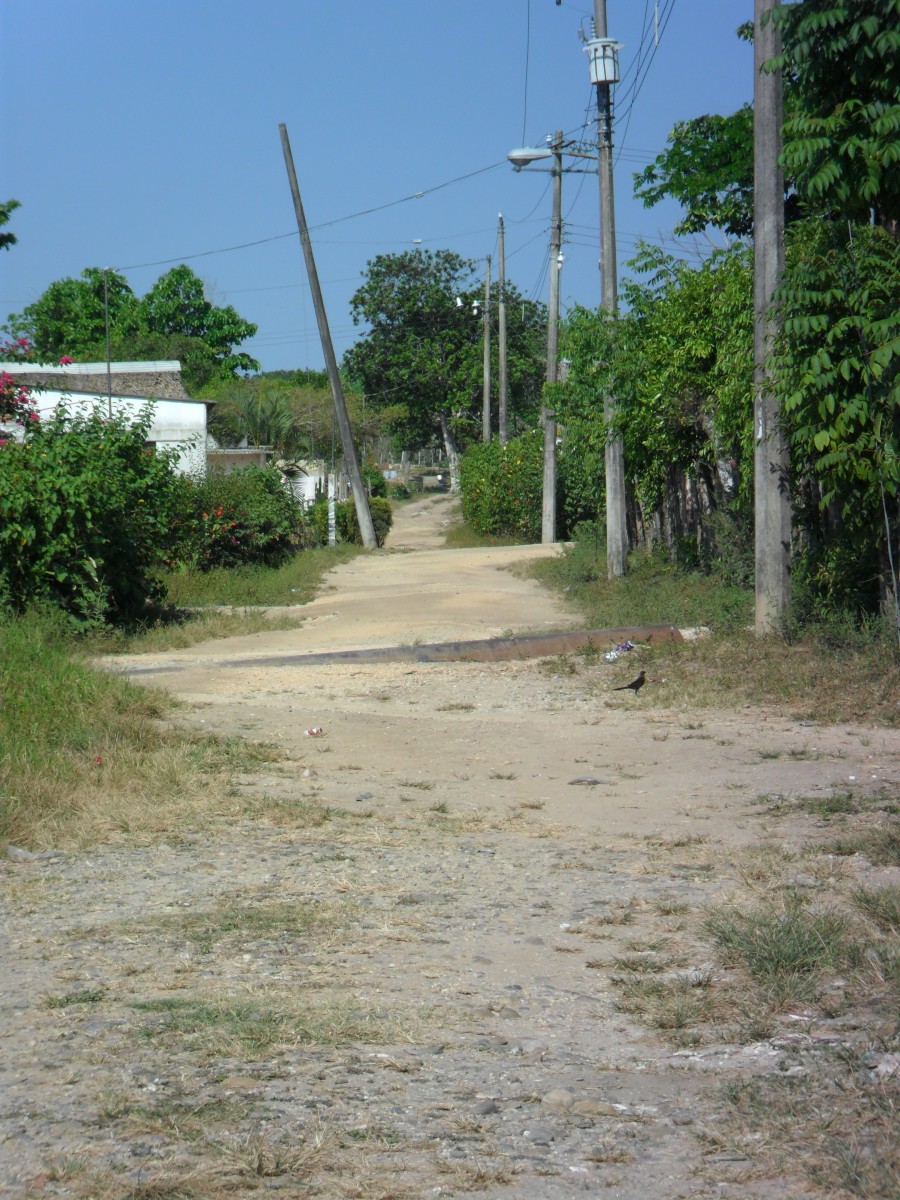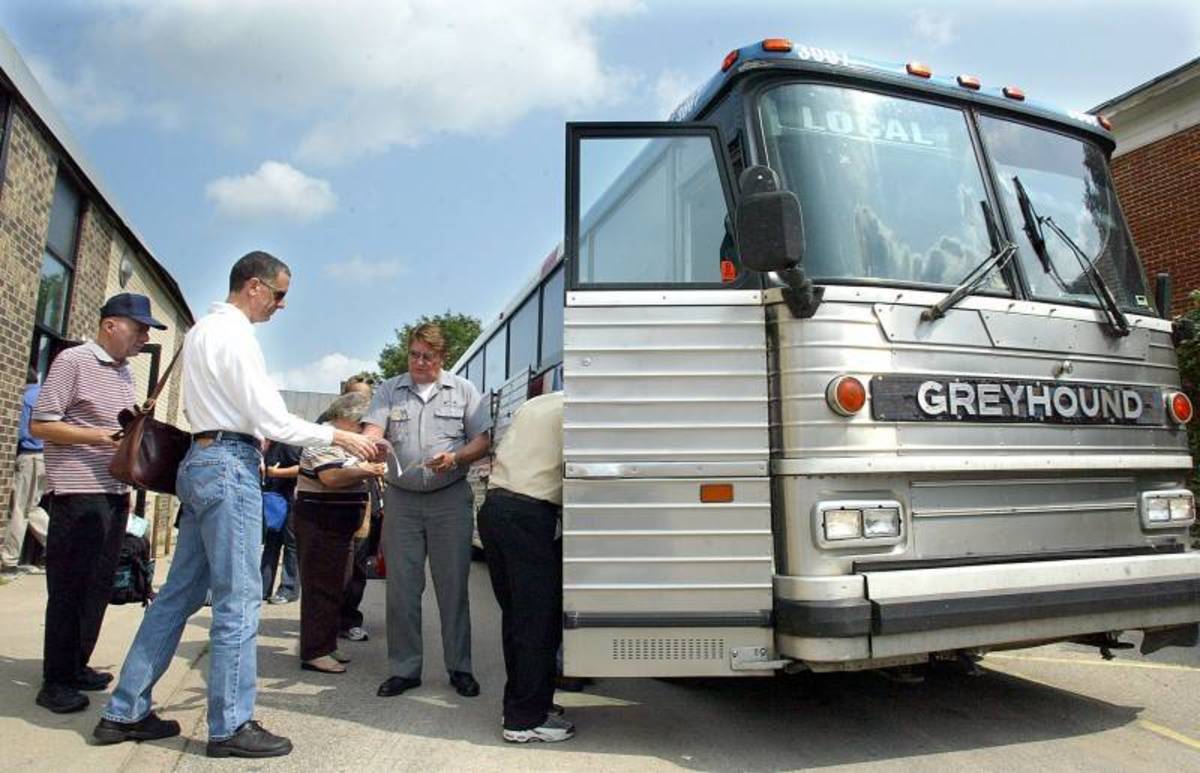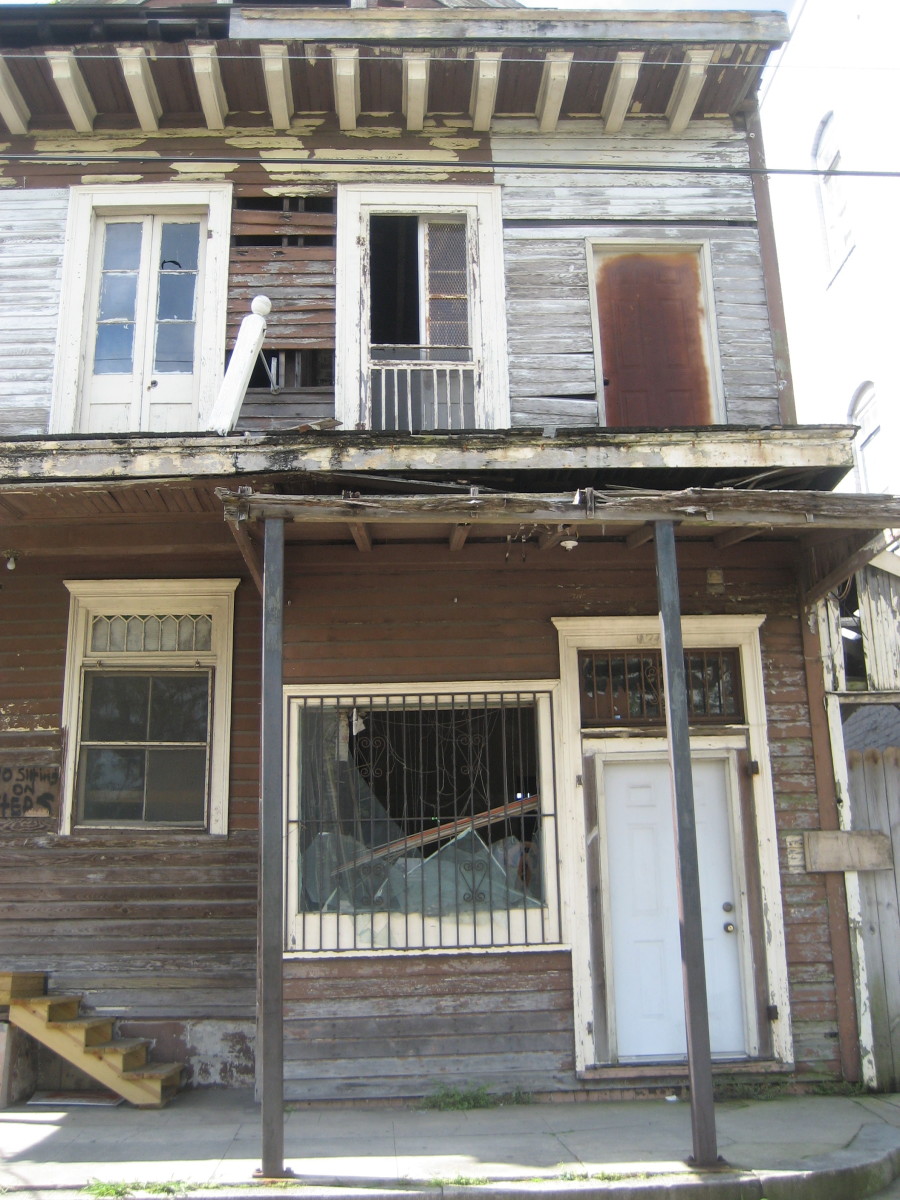How To Ride a Bus
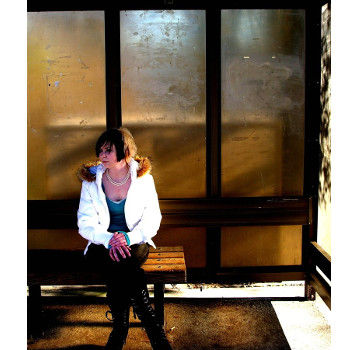
A Practical, General Guide to Riding Public Transportation in the U.S.
It's always a good idea to have an alternate form of transportation accessible for moments when your vehicle isn't available and neither are your family, friends or helpful co-workers.
I began riding school buses at the age of five years--it was the only way to get to kindergarten. I continued to ride them as needed throughout my school years.
During middle school my parents introduced me to public transportation and although I didn't ride the city bus without them at that age, I found it a great tool once I started college. I rode the Houston city bus to my college classes when my car was in the shop or unavailable.
Buses and Travel
I also use public transportation when I travel. Buses are typically inexpensive to utlitize and far more interesting than a taxi ride.
I am shocked and amazed at the reluctance and fear others display when they find out I ride the Albuquerque bus or use buses when I travel.
It appears that many people living in the U.S. have never stepped foot on public transportation. With the constant rise in food and gas prices, it would seem we need more alternatives for slashing our monthly expenses. Riding the bus during the week is one way to save some dough and still live your life.
This lens is meant to be a general guide to riding a bus and designed to quell the fear you may have about public transportation.
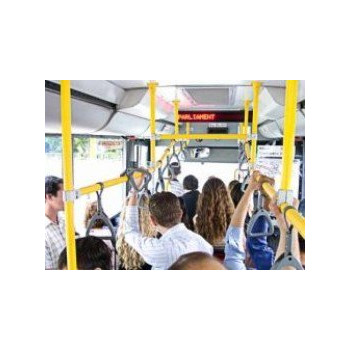
Where to Begin
Every City Schedule is Different
First, you need to know that every city bus schedule and fee structure is different. However, once you get comfortable riding your city bus, riding one elsewhere will be easy to accomplish.
Second, you need to know where your transportation center is and how the system is laid out. Some systems operate from a single, central location and others may have several central areas where the buses converge and cross paths. This is important information if you need to cut across town going north/south when coming from an east/west direction or vice versa, or if you need to change buses to travel in a straight line.
Third, you need to find your city's bus schedule and begin to study it. Most cities have bus schedules online. The information is usually offered in layers such as the route numbers and names on one page and a separate document that shows each individual stop on another.
Fourth, you need to find out what the trip fees are. In Albuquerque it's $2 for an all day pass (you can get on and off the bus all you want all day long with the magnetic encoded card the driver gives you) or $1 each way. You can also buy monthly passes, but unless you are riding everyday, four to five days a week, that is usually not a good way to spend your transportation money.
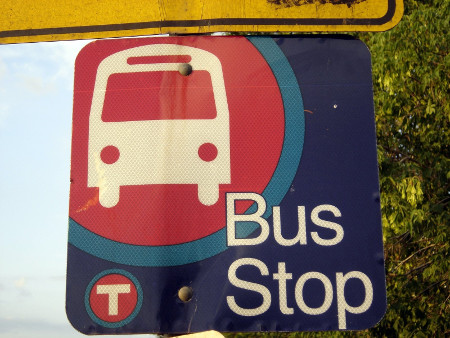
Your Next Step
- Begin noticing where the bus stops are on the route you need to take.
- Plan your route. Know where you will get on the bus and where you will get off the bus and see what routes on your city bus schedule will take you to your destination.
- Some city's have phone apps that will help you plan a route.
Myth #1
People on the bus are scary.
Busted: I have seen incredible acts of kindness take place on public transportation. People offer assistance on buses that people in cars don't ever offer.
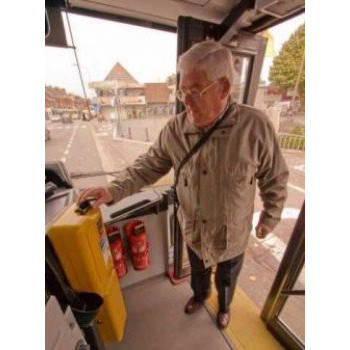
Here's How It Works
- Arrive at your designated bus stop five to ten minutes before the scheduled arrival.
- Have your correct change or bus pass ready.
- When the bus arrives, you will enter the bus at the door nearest the driver. Wait for all departing passengers to exit if they are leaving from the door you are entering from. Be aware that wheelchair or handicapped passengers are given exit or entrance priority. This may include the lowering of an automatic plank for easier access. In this case, let the bus driver tell you when to board.
- There will be a change post next to the driver. Say hello to the driver and place your money in the appropriate slots. If you have a bus pass, swipe the pass through the appropriate slot or show it to the driver, which ever is required and then take a seat. If you are buying a day pass, wait for the pass to get generated and then remove it from the machine and take your seat.
- If you are riding one way, place your money into the change post and take a seat.
- Take note of where the "stop button" is located. Stop buttons can be mounted on poles or may be in other forms such as a pull rope along the top of the windows or a bar along the lower window frame that you push.
- Watch the marquee and the scenery outside for your stop and push or pull the stop mechanism before your stop but after the last stop. Many buses have a digital marquee that sits above the driver at the front of the bus. The marquee shows the time, date and the next stop. It can also show that a stop has been requested. Drivers may also shout out (or use a microphone) to tell passengers what stop is ahead.
- Exit the bus at the stop you have requested once the bus comes to a complete stop and the doors open. Some buses require you to push on the doors after the green light above the door has come on.
A Handy Tool to Have
Not all bus stops have shelters and you will need to be prepared to protect yourself from rain, wind or sun.
I like the big umbrellas that keep you well covered in the rain. Try a reflective, flat umbrella for sun protection
The clear ones make it easier to keep track of whether the bus is headed your way.
What to Expect on the Bus
Bus drivers are at work which means they get breaks every hour and we wait for them to finish their break time. This all happens within a schedule that includes bus times so no worries.
If the driver is running late, they may speed the trip up a bit by going faster. If you feel you are in danger at anytime, call the city transportation contact phone number and report the driver. You will need the route number and the bus number (usually printed inside the bus near the marquee or on the exterior of the bus both front and back.)
Some bus drivers may pull over for a minute or two or wait longer at a stop--this is usually because they are ahead of schedule and need to slow down. If you are on a bus when this happens, just sit tight and wait, you won't be delayed.
Myth #2
You could get held up on the bus and your things could get stolen.
Busted: Most public transportation departments have undercover police in place to prevent this, and they train their drivers to manage crazy behavior. Plus, it's been my experience that crowd power stops abuse on buses in many cases.
Carry a Cleanable Tote
I suggest carrying totes and bags that close, are easy to clean and are inexpensive to replace.
The bus may look clean but you will be amazed at how quickly a tote or jacket can get dirty if you don't wash it once a week.
I have bus clothes I wear that I immediately remove when I get home.
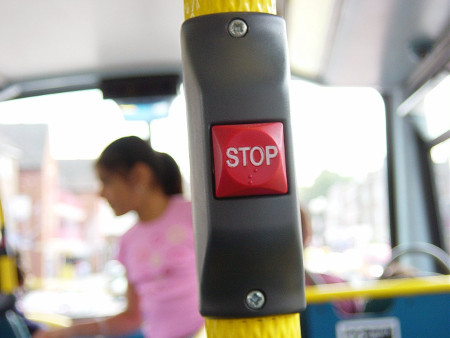
Get Some Practice - Plan a simple trip
Now you are ready to choose a day during the week and plan a simple get off, eat at a restaurant and get back on the bus to go home trip.
Personally, I would take a day off during the week, when you don't have to go to work or your office, and ride the bus. Not on a weekend day but during the week so that you get a real idea about what that feels like. Then do an errand close by or have lunch and pickup a return bus to go home.
Here is what a "bus stop button" can look like - Take a look at the photo above.
You could even just get on the bus and ride it for a mile, get off and return home by crossing the street and picking up the bus going back toward home.
You will be amazed at how good you feel after doing this once. There is a sense of accomplishment and confidence that comes with a successful bus ride.
If You Don't Want to Talk to Anyone - Try one of these
You aren't obligated to have conversations but you will find there are people that are lonely or like to hear themselves and just can't stop talking.
An iPod or similar item can be a life saver!
Myth #3
The people on the bus are poor and dirty. Really, someone looked right at me and said this after they found out I rode the bus. I am neither, btw.
Busted: Sometimes they are. But I am not sure why that would deter you from riding the bus.
Tips and Things to Remember
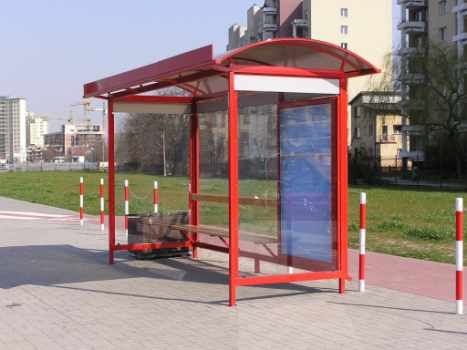
Tips for Riding the Bus
- Bus drivers do not give change. Have the correct change ready (no pennies, btw!)
- Check your usual schedule for changes periodically. Sometimes transportation schedules change and the riders don't know either because the rider doesn't bother to check or the bus company hasn't updated their information online. It happens. It has happened to me. Usually the time changes are five or ten minutes different from the previous which is no big deal but if you are catching cross town buses and making route changes it can delay you.
- Read all the signs on the bus you ride. Route changes or holidays schedules are often posted there.
- Be aware of where your bags and purse are at all times. Don't leave your things unattended with your back turned.
- Don't feel obligated to visit with someone sitting next to you. A smile and a nod works just fine.
- Let the driver know if there are problems at the back of the bus. They often cannot see what is going on when the bus is crowded.
- Don't be afraid to ask people to move, politely, if you need to get through the aisle or out a door.
- Don't be afraid to shout at the driver if the back door is not open and you need to exit. The common phrase is "Back door!" and a quick "Thank You" once the door opens.
- Keep your bus pass somewhere safe. If you misplace a day pass or monthly pass, you have to buy another or pay for a return trip, again!



